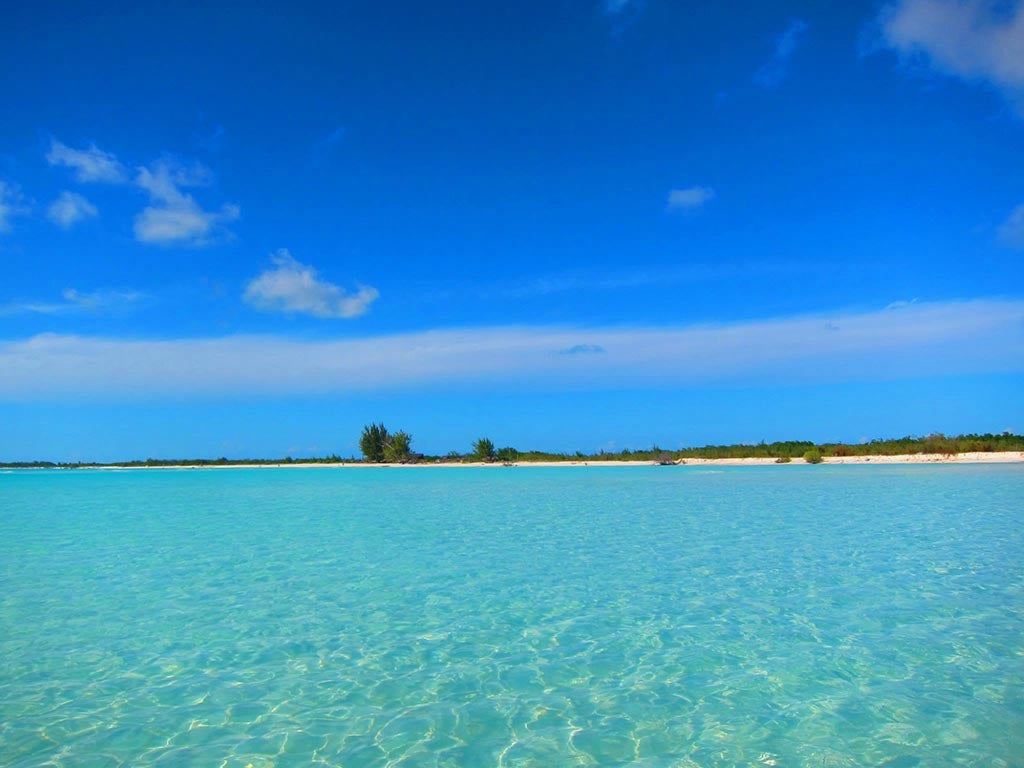Travel Question of the Day: Simon Calder on using local pesos in Cuba
Have a travel question that needs answering? Ask our travel expert Simon Calder

Every day, our travel correspondent Simon Calder tackles readers' questions. Just email yours to s@hols.tv or tweet @simoncalder
Q I'm fortunate to be going to Cuba next week. I have seen reports that the convertible peso is being taken out of circulation. Do you have any information regarding this?
Dave Hellen, Eastbourne
A The largest island in the Caribbean has little in common with its neighbours in many respects - including financial arrangements for tourists.
For a start, don’t rely on plastic. Debit cards and credit cards are subject to local commission charges of around 12 per cent on top of whatever fees your bank at home might collect, and ATMs are rare and unreliable.
Journey Latin America, which has been sending British travellers to Cuba for decades, says: “Visitors to Cuba should carry as much cash in small denomination notes of sterling as their travel insurance policy will cover.” I agree with that advice. The pound is popular, as is the euro (though it isn’t worth changing sterling for euros first). While traders everywhere else in the Caribbean love the American dollar, when you try to exchange or pay for things in US$ in Cuba you’ll be hit for a 10 per cent tax.
Next, Cuba runs two distinct currencies. The local economy runs on the ordinary Cuban peso. This is known variously as moneda nacional, the peso cubano or the CUP - its three-letter code in the international financial system. But tourists mainly use a different currency: the convertible peso, usually referred to by its code, CUC. Its value is on a par with the US dollar, so right now you will get around CUC1.40 for each pound. Anything from drinks in tourist hotels to tickets for the “hard-currency” inter-city bus network run by Viazul is charged in CUCs.
You can exchange pounds for CUCs at hotels, banks and Cadeca bureaux de change - which are found in all the big cities, with a number in Havana.
For anyone exploring away from the tourist trail, though, it is well worth investing in a small amount of local pesos. At Cadeca kiosks you can change CUC1 for CUP25 or so. They can be spent with ordinary shops, cafes and street traders; if you want to buy a bunch of bananas from a vendor with a barrow in the street, he or she will cheerfully charge you, say, five ordinary pesos. But if you offer one convertible peso, the trader may not be in a hurry to return the change. So I change CUC10 at a time for such spending.
Given that the CUC is a hard currency - locked to the dollar - and the CUP is at a fixed rate to the CUC, the question has arisen: why have two currencies at all? About a year ago the government appeared to be about to abandon the convertible peso. But things move slowly in Cuba, and therefore the CUC is still nominally king.
Subscribe to Independent Premium to bookmark this article
Want to bookmark your favourite articles and stories to read or reference later? Start your Independent Premium subscription today.

Join our commenting forum
Join thought-provoking conversations, follow other Independent readers and see their replies